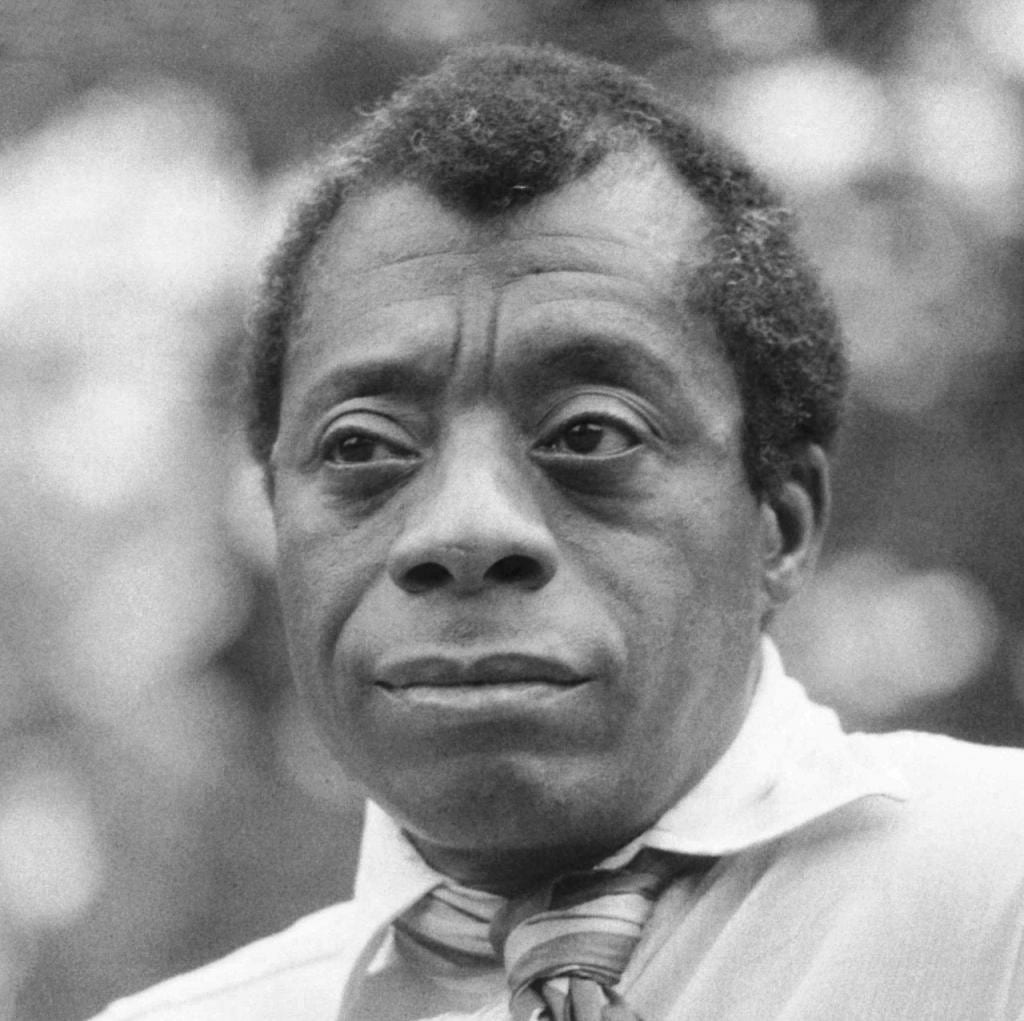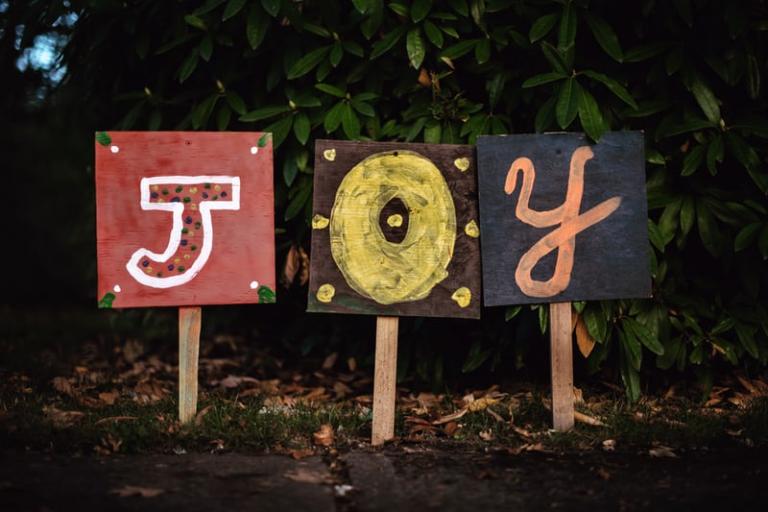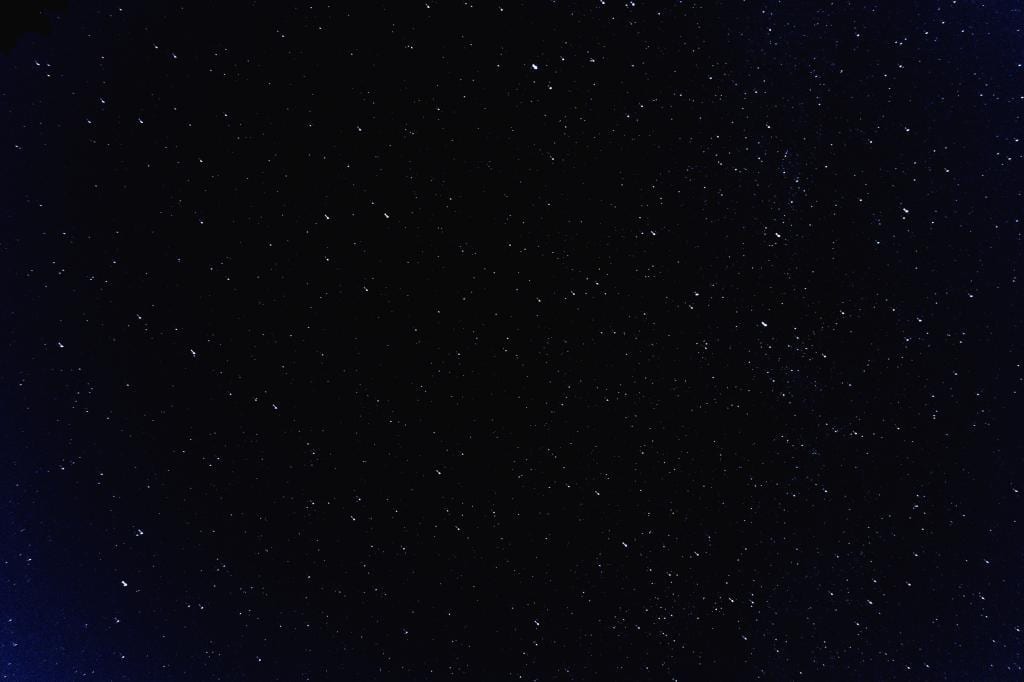The Busy Trap has snagged many readers, I’m sure. I know it has snagged me. We wear our busyness as a way of boasting to the world that we are significant and that we matter. Writer Tim Kreider coined this phrase “the busy trap” in a memorable NYTimes oped. He pointed out that “Busy…has become the default response when you ask anyone how they’re doing. Busy. Crazy busy! So busy.” He writes: “Busyness serves as a kind of existential reassurance, a hedge against emptiness; obviously your life cannot possibly be silly or trivial or meaningless if you are busy, completely booked, in demand every hour of every day.”

I can relate. I schedule my calendar in order to fit in as many meetings, visits, reading, and community activities as possible with the optimistic hope of not working after the kids go to bed. And when, say, a stomach bug decides to rain on my busy parade, my first response is not compassion for my weary body, but “how long do I have to put with being bedridden until I can get back to work and be productive?”
In Luke’s classic gospel story of Martha and Mary, Martha is snagged by the busy trap (Luke 10:38-42). She thinks she is serving God, waiting on her esteemed guest, Rabbi Jesus. Luke claims, perhaps controversially, that her self-perceptions are misguided.
Martha first protests against sister Mary’s apparent laziness, expecting Jesus to take her side: “Lord do you not care that my sister has left me to do all the work by myself? Tell her then to help me.” But Luke has already given the reader a clue to where his priorities lie: in the sentence before, Luke writes that Martha was distracted by her many tasks (10:41), which in Greek can mean to be pulled in all directions at once, to be absorbed, to be quite busy. (See this book by revered Luke scholar Francois Bovon). And so it comes as no surprise when Luke’s Jesus, rather than speaking up for Martha’s selfless service, chides her instead: “Martha, Martha, you are worried and distracted by many things.”
Later Christian interpreters notoriously used Luke’s passage to suggest that the active life is inferior to the contemplative life. That the busy, worldly, family-friendly life is less spiritually important than the still, prayerful, or monastic life. Early Christian thinkers often read Luke’s story in terms of a hierarchy of spirituality, and you can guess who usually received the short end of the stick. Martha did. It was Mary, church fathers said, agreeing with Luke’s Jesus, who took the better path, and they added, the higher path. As monasticism developed, thinkers built an entire theology around this passage to justify their flight towards solitude.
The monastic writer and mystic Bernard of Clairvaux stressed the incompatibility of Mary and Martha, the total disjunction of the contemplative life and the active life. He wrote, “Those who give their leisure to God should never under any circumstances aspire to the noisy life of their brethren who have duties to perform.” The writer of the fourteenth-century mystical text The Cloud of Unknowing, which, in spite being one of my personal favorites, spoke even more to the point: “In the church there are two kinds of life, active and contemplative. The active life is lower, and the contemplative is higher.” (both quoted in Great Mystics and Social Justice)
The weight of Christian biblical interpretation has not been kind to Martha. It has been imbalanced against the good and holy worth of work and service. Luke’s Jesus declares that Mary has chosen the better path. We might respond today, “how nice for her, but somebody needs to put food on the table!”
Maybe Luke’s Jesus is acting like a stereotypical male, ignorant about the many logistical details that go into running a household and keeping bodies fed.
Maybe Luke and Jesus could benefit from taking a day with the kids.
It would take many years until the Protestant Reformation and John Calvin came along to overturn the traditional interpretation of Luke’s passage. In Calvin’s commentary on the gospels, he limited the story’s scope. He said it wasn’t about life callings of action and prayer, but simply about knowing the difference between when to listen and when to work. But then, as the Reformers tended to do, he swayed to the other extreme. He used the opportunity to level a devastating critique against the monastic life, with a fair amount of rhetorical excess: “As this (Luke’s) passage has been basely distorted into the commendation of what is called a contemplative life, we must inquire into its true meaning, from which it will appear that nothing was farther from the design of Christ, than to encourage his disciples to indulge in indolence, or in useless speculation.” (Quoted The Fabric of this World.) Calvin makes the opposite mistake than that of the early Christian fathers: he rejects the life of contemplation, and throws his support behind action and hard work.
Rather than condemn or embrace Martha completely, we should have compassion on her, because American culture—and much of the global economy itself—is built around Martha’s dilemma. We are stuck in the busy trap. We seek significance and ultimate meaning not from prayer and stillness, but from our resumes, projects and activities and to-do lists.
It’s possible, in our context, to hear Jesus’ chiding of Martha as a pastoral intervention for obsessive Western over-achievers: “Martha, Martha, you are worried and distracted about many things.”
And indeed, we are worried and distracted about many things. We have so tipped the scales in favor of action that many of us have no idea how to be still, how to rest, how to play, how to be alone, or how to pray, how to make art.
Luke lifts up Mary’s response by her ability to focus on “one” thing. Jesus says, “There is need of only one thing, and Mary has chosen the better part.” For Westerners caught in the busy trap, Mary’s single-minded focus is a wise and healing example. The counterpart to Martha pulled in many directions is to be pulled, as Mary was, in one direction. It’s the evolution from fragmentation to wholeness, from worry and anxiety to stillness and healing.
In Cynthia Bourgeault’s masterful The Meaning of Mary Magdalene, she tells us Jesus was given a title in Aramaic by his followers: Ihidaya. It meant Jesus, the whole, single, or Unified One. The word was translated later in Christian tradition to mean a monk or solitary person, the contemplative separated from the “world,” but the prior meaning underneath that was to be one, unified, and whole. And, in fact, Jesus’ early initiates, according to this Aramaic and Syriac tradition, were called ihidayes, the single ones.
On the fringes of orthodox Christianity, which we see poking through this Lucan text, lies a profound teaching that the main fruit of Jesus’ message is to become one, whole and singleminded, which is to focus on one thing. In the non-canonical Gospel of Thomas, Jesus says, “When you are able to make two become one, the inside like the outside, and the outside like the inside, the higher like the lower—then you shall enter in” (to the kingdom of heaven).
In this more esoteric angle on Luke’s classic story, the exemplary response to Jesus is not about becoming an allegorical Mary or Martha, a busy person or a still person; a contemplative or an activist, but, rather, the mature ability to hold polarities together, to weave prayer and awareness of God throughout all our actions and hours.
Surely a healthy Christian spirituality must value both Mary and Martha.
It is a false choice to embrace one to the exclusion of the other, Mary or Martha, action or contemplation, the world or the monastery.
What is needed is the whole heart that reconciles opposites in tension, that makes two become one, that transforms contemplatives into activists, and activists into people who pray without ceasing. An integrated spiritual life holds the paradox of Mary and Martha together. Action and contemplation, or, as Parker Palmer suggests, “action-hypen-and-hyphen-contemplation.”
Photo by Karen Lau on Unsplash











